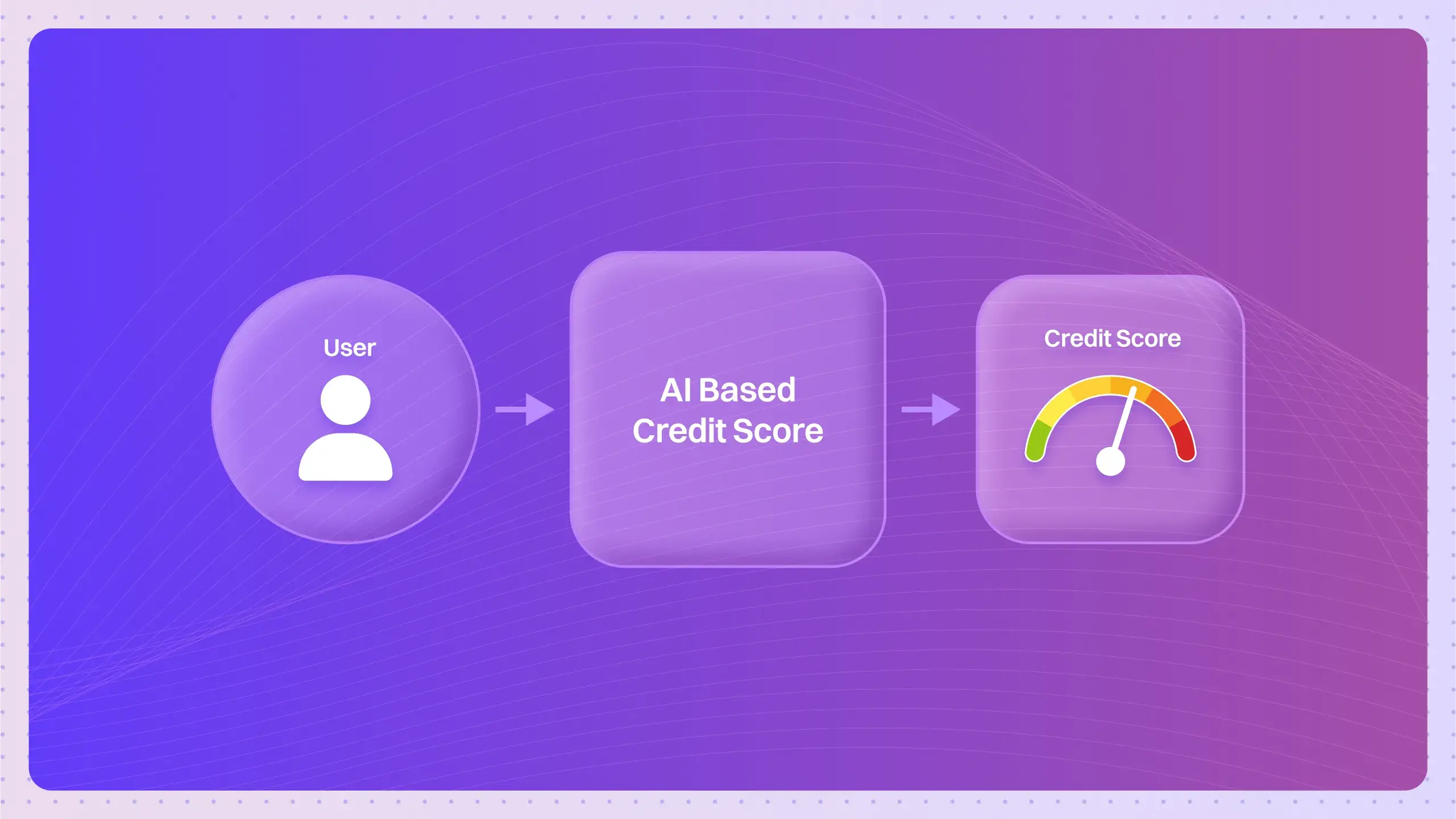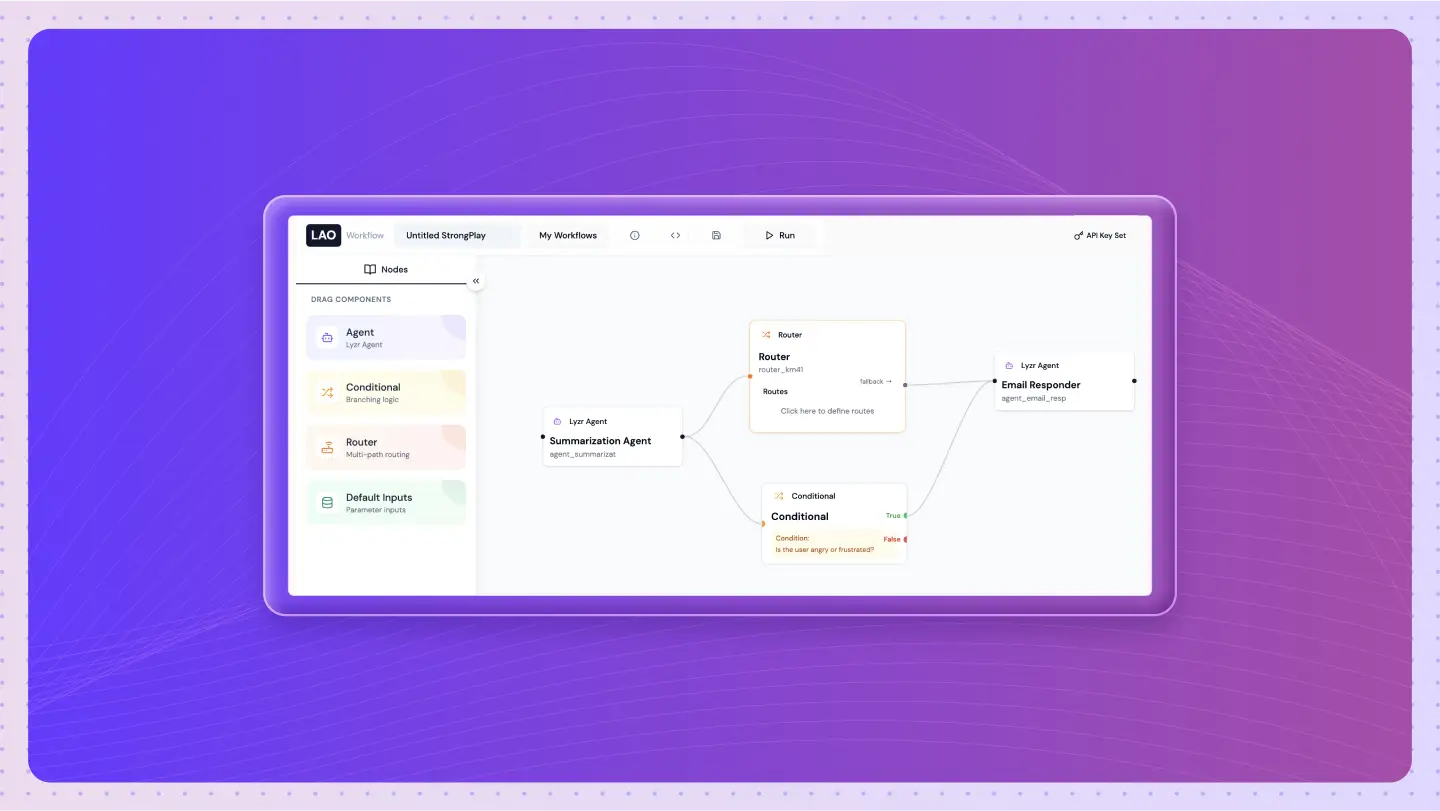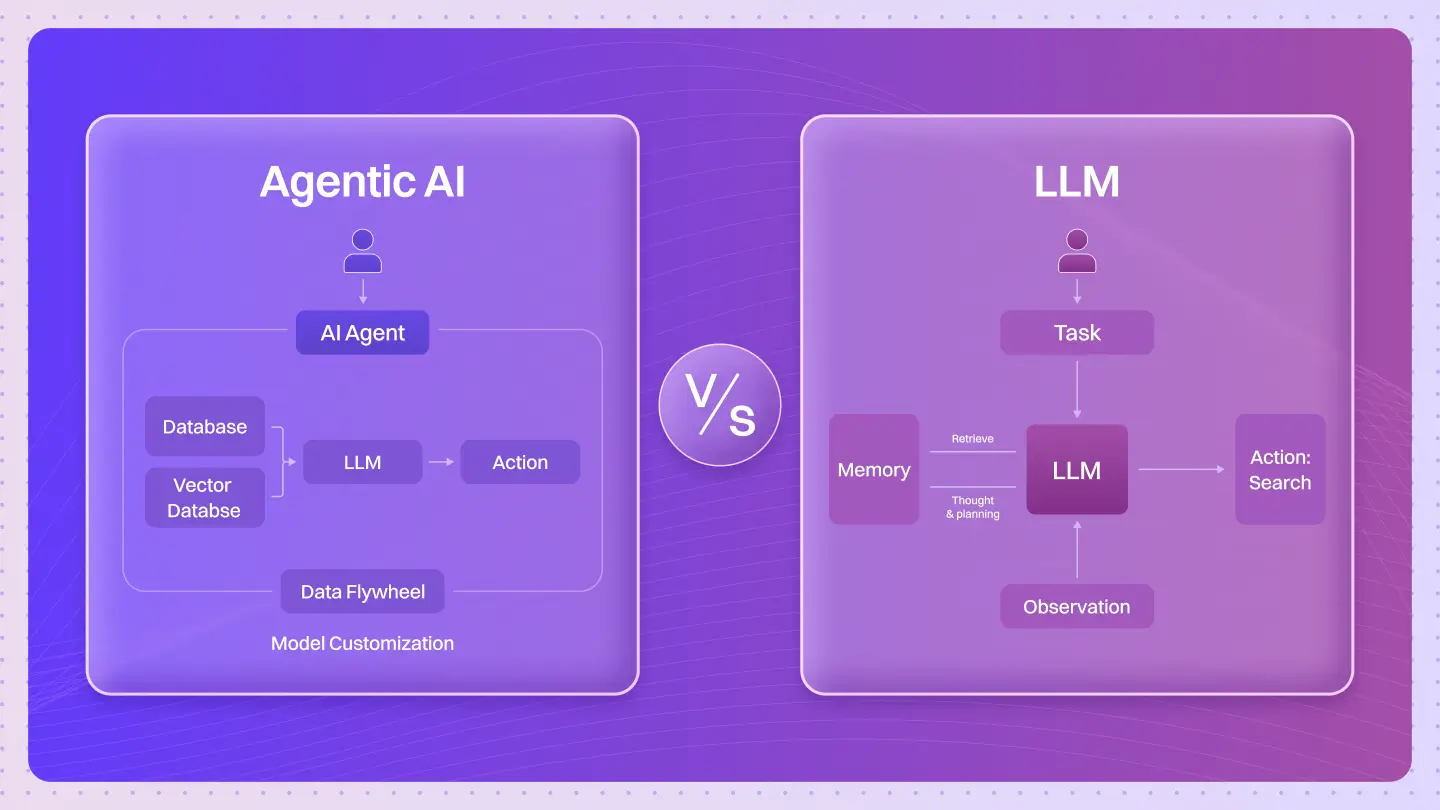A conversation is a dance, but sometimes your partner should take the lead.
Proactive AI Agents are advanced AI systems designed to anticipate user needs, initiate interactions, and take autonomous actions without explicit commands. Unlike reactive systems that only respond when prompted, these agents monitor contexts, predict requirements, and engage users with timely, relevant assistance before being asked.
Think of a Proactive AI Agent like a thoughtful executive assistant.
Instead of waiting for you to request information about an upcoming meeting, they’ve already prepared a briefing, suggested talking points, and warned you about potential traffic delays.
They don’t just answer questions-they identify problems you didn’t know you had and solve them before they affect you.
This shift from reactive to proactive is one of the most significant evolutions in AI assistance, turning a simple tool into a true collaborator.
What are Proactive AI Agents?
They are AI systems with initiative.
A traditional AI assistant is a passive listener, waiting for a command:
“What’s on my calendar?”
“Set a timer.”
A proactive agent actively looks for opportunities to help:
“I see you have a meeting across town in an hour. Traffic is heavy, so you should probably leave now. Would you like me to start navigation?”
This requires a combination of capabilities:
- Contextual awareness of your environment, schedule, and patterns.
- Predictive modeling of your likely needs or potential problems.
- A decision-making framework to know when and how to intervene.
- The initiative to act or suggest actions without an explicit command.
How do Proactive AI Agents differ from traditional reactive assistants?
The difference is between waiting to be told what to do and offering help before you even realize you need it.
A traditional, reactive AI…
- Only responds when directly prompted.
- Follows a simple turn-taking, call-and-response pattern.
- Places the burden of knowing what to ask entirely on the user.
A Proactive AI Agent…
- Initiates interactions based on context, patterns, or predictions.
- Breaks the rigid conversation model by speaking up when it’s helpful.
- Reduces your cognitive load by surfacing relevant information unprompted.
You can see this in action with products like Microsoft’s Copilot, which proactively suggests document layouts based on your content, or Amazon’s Alexa Hunches, which notices patterns like your lights being on when you say “good night” and offers to turn them off.
What technical mechanisms enable effective proactive interventions?
This isn’t just about good programming; it’s about anticipation.
Several sophisticated technologies must work in concert.
- Event Monitoring Systems: The agent continuously ingests data streams from calendars, emails, device sensors, and external APIs to detect significant events or changes in your environment.
- Predictive Models: Using machine learning, the agent builds a model of your behavior and preferences to anticipate what you might need in a given situation.
- Decision Frameworks: These are the reasoning engines that determine if an intervention would be valuable or just plain intrusive.
- Multi-modal Sensing: Advanced agents use cameras, microphones, and other sensors to get a richer understanding of your physical environment and current state before deciding to engage.
- Reinforcement Learning: The best systems learn from your feedback. When you accept or dismiss a suggestion, the agent refines its understanding of what you find helpful, improving its future proactive attempts.
What are the key challenges in building Proactive AI Agents?
Creating an assistant that is helpful without being annoying is an incredibly fine line to walk.
The primary challenges are:
- Avoiding Interruption Fatigue: If the agent interrupts too often or with irrelevant suggestions, users will quickly get frustrated and turn the feature off. Knowing when to stay silent is critical.
- Balancing Confidence vs. Caution: The agent must weigh the potential benefit of an intervention against the cost of being wrong or intrusive.
- Understanding Context Deeply: Misinterpreting the user’s situation can lead to disruptive or even embarrassing proactive suggestions.
- Navigating Privacy Concerns: To be truly proactive, agents need access to a vast amount of personal data, which creates significant privacy and security hurdles.
How do Proactive AI Agents determine when to intervene?
Knowing when to speak up is the art of proactive assistance.
Agents use a multi-layered decision process before making a move.
- Relevance Filter: Is this information directly relevant to the user’s current or upcoming context?
- Importance Threshold: Is this urgent or valuable enough to warrant an interruption? A flight cancellation is important; a minor traffic update on a day with no appointments is not.
- User State Analysis: Is the user in a state where an interruption is acceptable? The agent might avoid intervening if it detects the user is on a call or appears highly focused.
- Confidence Score: How certain is the agent that its prediction is correct and its suggestion will be helpful?
Only when these criteria pass a certain threshold will a well-designed agent choose to intervene.
What industries and applications benefit from Proactive AI Agents?
Any domain where anticipation creates value.
- Smart Homes: Systems like Google Nest proactively adjust your thermostat based on your usage patterns, saving energy without you ever touching a dial.
- Healthcare: Proactive monitoring agents can detect concerning trends in a patient’s vital signs from wearable devices and alert providers before a critical situation develops.
- Productivity Software: Tools like Microsoft Copilot analyze your work and proactively suggest ways to visualize data or structure a presentation.
- Customer Experience: Proactive agents can identify a customer struggling on a website and offer help before they abandon their cart or search for a support number.
How is the performance of Proactive AI Agents evaluated?
Success is measured by how much value the interventions provide, and how little annoyance they cause.
Key metrics include:
- Intervention Acceptance Rate: What percentage of proactive suggestions does the user actually accept?
- Interruption Regret: How often do users dismiss, ignore, or negatively react to an intervention? A low regret rate is the goal.
- Task Success & Time Saved: Did the proactive intervention help the user achieve a goal faster or more efficiently?
- Predictive Accuracy: How often were the agent’s predictions about user needs correct?
Quick Test: Spot the Proactive Success
Scenario: A user has a flight tomorrow.
- Reactive Approach: The user wakes up, checks their phone, and has to manually open the airline app to see that their flight has been delayed. They then have to figure out the consequences themselves.
- Proactive Approach: The user receives a notification overnight: “Your flight UA456 is delayed by 90 minutes. Your new departure time is 10:30 AM. I’ve rescheduled your airport shuttle and notified your hotel of your later arrival. No further action is needed.”
The proactive agent didn’t just provide information; it solved the resulting problems before the user even knew they existed.
Going Deeper: Your Proactive AI Questions Answered
How do Proactive AI Agents balance helpfulness with privacy?
This is the central tension. The best approach involves user control, transparency, and on-device processing. Users should have granular control over what data the agent can access and what types of suggestions it can make. The agent should be transparent about why it’s making a suggestion, and sensitive data should be processed locally on the device whenever possible.
What’s the difference between proactive and autonomous agents?
Proactive agents initiate suggestions but usually wait for user confirmation before taking a significant action. An autonomous agent can initiate a task and complete it without any human intervention. Most commercial systems today are proactive, not fully autonomous, to keep the user in control.
How do agents learn the right level of proactiveness?
They learn through personalization and feedback loops. A good agent will track which of its suggestions you accept and which you dismiss. Over time, it adapts its behavior to your personal preference, becoming more assertive for users who like suggestions and more reserved for those who don’t.
What ethical considerations are important for Proactive AI?
The biggest risks are manipulation and dependency. A proactive agent could be designed to suggest products or services that benefit the provider more than the user. There’s also the risk that users become overly reliant on the agent. Transparency and designing for user well-being are the key ethical guardrails.
How do Proactive AI Agents handle errors and miscalculations?
They must be designed to fail gracefully. Since they operate on predictions, they will inevitably be wrong sometimes. A good system will present its suggestions with an appropriate level of confidence (“You might want to…”) and make it extremely easy for the user to dismiss or correct the suggestion. It then learns from that correction.
The move from reactive to proactive AI is changing our relationship with technology.
We are shifting from a world where we command our devices to one where we collaborate with them.
The best proactive agents act less like a tool and more like a partner, quietly working in the background to make our lives a little bit smoother.
What do you think? Would you prefer an AI that always waits for your command, or one that sometimes speaks up first with a helpful idea?



